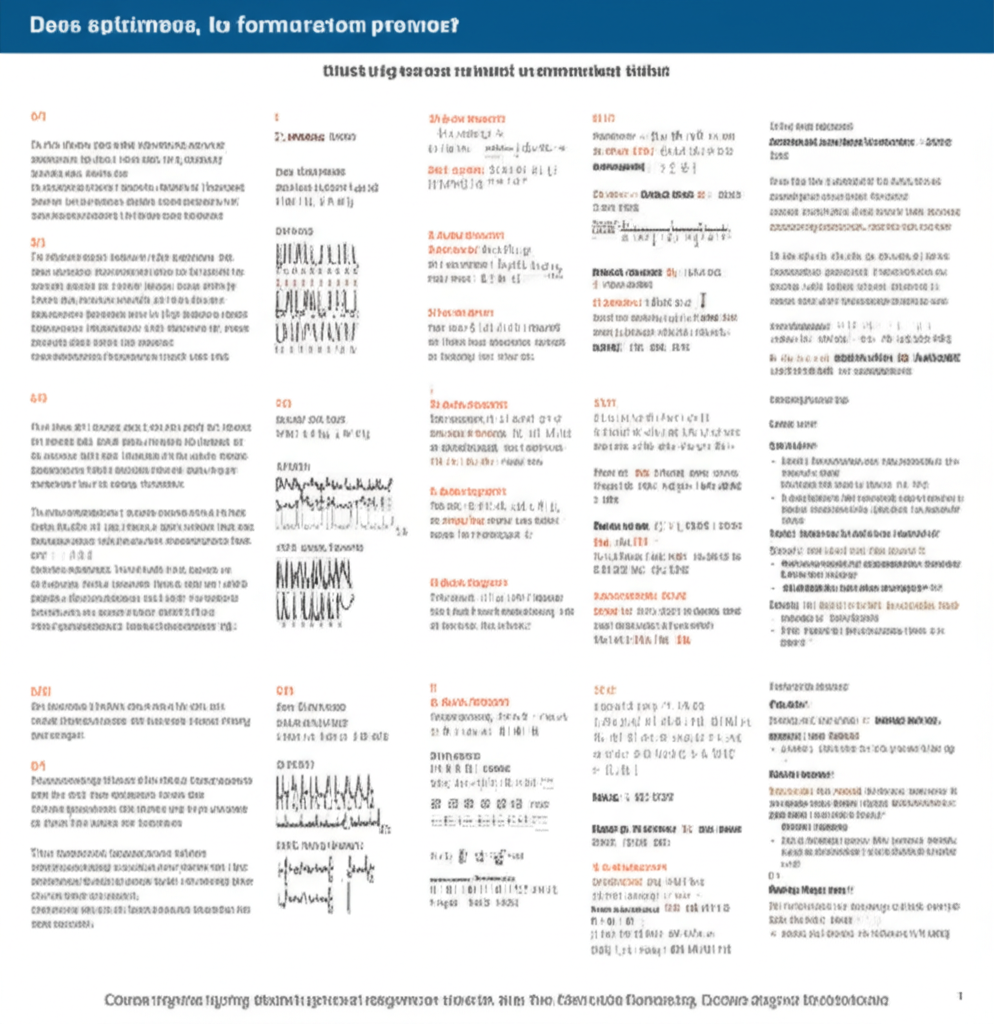Researchers have developed an innovative and eco-friendly synthesis method for nemazone fumarate, a potent neuroprotective agent used to treat ischemic brain disorders. This substance, derived from nemazone chemically combined with fumaric acid, protects brain tissue under oxygen-deficient conditions, prolongs neuron survival, and aids recovery in cases of brain trauma, subarachnoid hemorrhage, and related cerebral complications. Existing production routes, as documented in prior art, relied on hazardous chromium-based Jones oxidation, raising significant environmental and health risks due to the toxicity of heavy metals. The novel approach introduces a streamlined 11-step pathway that circumvents this critical flaw, significantly reducing pollutants and enhancing safety without compromising yield.
The traditional synthesis began with p-nitroacetanilide, undergoing Friedel-Crafts alkylation, hydrolysis, and diazotization followed by Sandmeyer reactions, ultimately requiring Jones oxidation to form the ketone group. This oxidation step used carcinogenic chromates, posing hazards from toxic exposure and waste management. In contrast, the new protocol optimizes the starting point: utilizing o-chloro benzoyl chloride with p-nitroaniline in Friedel-Crafts acylation catalyzed by zinc chloride at 190–205°C. This initial step directly forms 2′-chloro-2-(o-chlorobenzamido)-5-nitrobenzophenone, which is then hydrolyzed in situ without isolation to yield the key intermediate, 2′-chloro-2-amino-5-nitrobenzophenone. By avoiding the oxidation phase, the method eliminates all chromium use, making it dramatically greener and more operator-friendly.

Subsequent steps build on this foundation efficiently: the intermediate undergoes diazotization with sodium nitrite and sulfuric acid, followed by Sandmeyer chlorination using copper(I) chloride to produce 2′-chloro-2-chloro-5-nitrobenzophenone. Meanwhile, the side chain synthesis is refined—starting from imidazole, steps involve alkylation to form N-benzylimidazole, formylation with formaldehyde under pressure, chlorination using thionyl chloride, and amine substitution with diethylamine. Crucially, a palladium-catalyzed transfer hydrogenation with ammonium formate in methanol removes the benzyl protective group, generating the bioactive 2-(diethylaminomethyl)imidazole efficiently at a 95% yield. The final stages couple this with 2′-chloro-2-chloro-5-nitrobenzophenone under sodium hydride catalysis to create nemazone, which is then salified with fumaric acid in isopropanol to yield nemazone fumarate.
This optimized route demonstrates numerous advantages over prior methods. Yields are consistently high—for instance, the diazotization step achieves 72% yield with minimal waste—and the overall process slashes byproducts that plagued earlier syntheses. NMR and mass spectrometry confirm the structure and purity of all intermediates and the final compound, with HPLC analysis showing 99.41% purity. Production costs are reduced through solvent recycling and step integrations, such as direct hydrolysis without intermediate purification. From an industrial perspective, the elimination of toxic reagents lowers waste-disposal expenses, while enhanced safety protocols protocol benefits manufacturing environments. This method paves the way for larger-scale applications in pharmaceuticals, potentially accelerating the deployment of nemazone fumarate for cerebral ischemia therapies.
In conclusion, this chemical innovation represents a significant leap in sustainable drug synthesis. By innovating a chromate-free pathway, it not only addresses ecological concerns but also amplifies supply-chain reliability for essential neuroprotective agents. As global emphasis mounts on green chemistry, such advancements could inspire similar reforms across medicinal chemistry, driving broader health and environmental benefits.
Manufacturing Facilities






Professional Export Experience
to Global Customers

1. 20 years of R&D, manufacturing and sales experience, serving customers in 60 countries and regions around the world;
2. Own R&D laboratory, pilot platform and large-scale production workshop, which can meet the audit requirements of global customers;
3. We can satisfy customers' perfect transition from small scale lab requirements (gram level) to commercialization requirements (hundred tons level).
A: We don't have Minimum Order Quantity, exact quantity should be provided before quotation for us to calculate the exact cost.
A: We don't provide free samples due to lots of request and expensive international courier's cost, we can deduct the sample charge after commercial order placed.
A: Our payment terms: Small or sample order: T/T IN ADVANCE. Commercial order: First order should be by T/T IN ADVANCE or L/C at sight, and following orders T/T 30~90days is acceptable subject to approval of credit application.